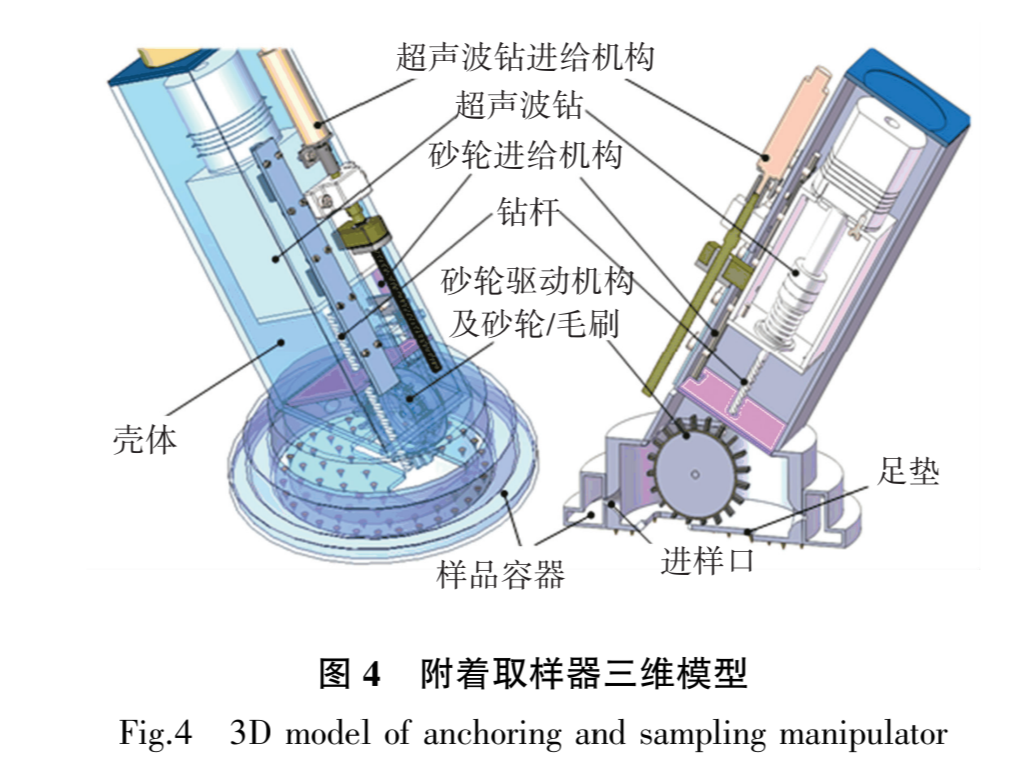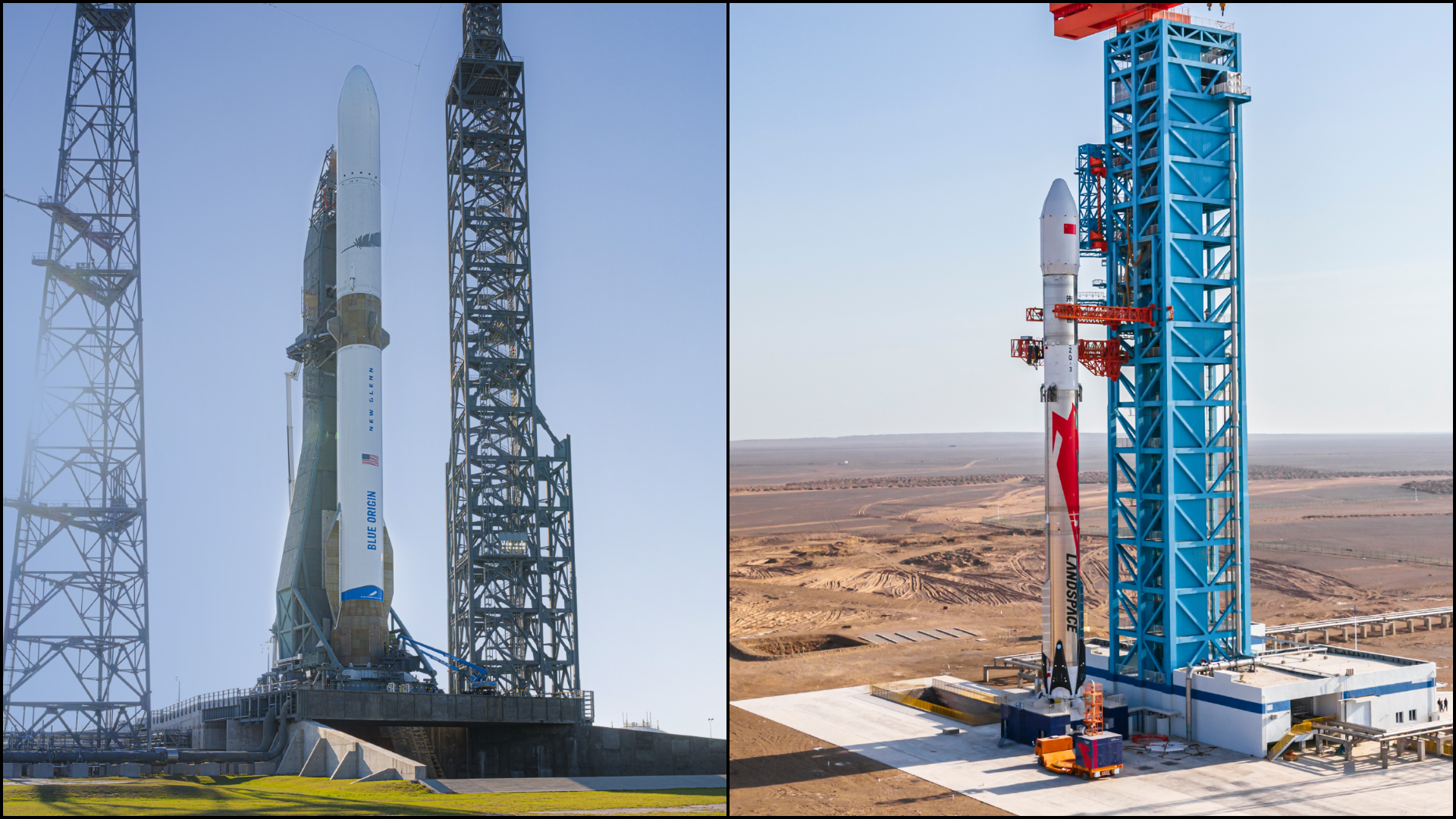Table of Contents
China’s Tianwen-2 mission (originally known as ZhengHe), scheduled for launch in May 2025, represents a bold step in planetary exploration. This ambitious mission aims to return samples from the enigmatic near-Earth asteroid (469219) Kamo’oalewa, followed by a rendezvous with the active main-belt asteroid 311P/PANSTARRS. As the first asteroid sample-return mission led by the China National Space Administration (CNSA), Tianwen-2 seeks to address critical questions about the origin, evolution, and surface processes of small celestial bodies, while advancing our understanding of the solar system’s history.
In this Article we'll review all the available information to understand the Tianwen-2 mission on an indepth level.
Mission Description
It will fly on a Long March 3B carrier rocket in May of this year. It will use solar electric propulsion and deploy a nano orbiter and nano lander to conduct remote sensing observations.

The Spacecraft
The spacecraft consists of a satellite bus and two circular solar panels that are folded up during launch. It has four small modular robotic arms with 4 joints, these robotic arms act as landing legs, support sample transfer and for crawling/adjustment on the asteroid. Its also been depicted with a radio dish and is to use solar-electric propulsion.

It has an ultrasonic drill for anchoring to the asteroid and collecting samples, this method of collecting samples on an asteroid has never been attempted before and will be a massive test of China's space program. It has a sample container within which the samples will be stored and then ejected during a pass near earth returning that part of the spacecraft to earth. several drop tests of this compartment have been performed.
In a full process scale test an anchoring force of >=200N was achieved on sandstone, the drill penetration depth was 22-24 mm in 120 seconds. And Successful sample transfer was performed to the return capsule.
In tests of the Grinding tool it proved effective on sandstone, granite and steel. Side-edge grinding outperformed surface grinding in sample yield.

Objectives
Tianwen-2 is a dual-phase mission and the two phases consist of the following:
- Sample Return from Kamo’oalewa: The spacecraft will orbit and collect regolith samples from Kamo’oalewa, with return to Earth expected in 2027. (This is the primary mission of Tianwen-2)
- Exploration of 311P/PANSTARRS: After sample delivery, the probe will journey to 311P/PANSTARRS, a rare active asteroid linked to the Flora family, for detailed characterization by 2035.
The mission's success hinges on advanced autonomous navigation and sampling technologies. The asteroids small size and faint magnitude also pose observational challenges. Preliminary spectroscopic observations using the Gran Telescopio CANARIAS revealed a surface composition dominated by silicate minerals.
Kamo'oalewa
Kamo'oalewa, discovered in 2016 is a rather unique Earth co-orbial asteroid. While not a true satellite, it remains within 38-100 lunar distances from earth making it a very accessible near earth object for exploration. The asteroid is roughly 69m by 58m by 51m. It is one of the smallest aseroids ever targeted for exploration. It has a rapid spin period of 27.37 minutes, near the critical limit for rubble-pile stability. This suggests a rather monolithic structure.
Its covered in fine regolith with low thermal inertia indicative of a mature, space-weathered layer. Scientists noticed that Kamo-oalewa has a special dip in its spectrum at a wavelength of 0.984 micrometers. This is what we call an absorption band, this dip tells us that the asteroid contains certain minerals like olivine and pyroxene which are common in a type of meteorite called LL ordinary chondrites.
This implies that the asteroid is rather rocky and rich in iron but not made of metal or ice. One of the most interesting things about Kamo-oalewa is its reddish color. This is called its spectral slope and itsmuch redder than most other asteroids.
Over millions of years, the asteroid has been bombarded by tiny space particles and exposed to solar wind.. This process darkens and reddens the surface just like how the sun can fade and change the color of objects on earth over time. The fine dust on the asteroids surface also contribute to its reddish colour as it coats the asteroid in this red-brown powder. This suggests that Kamo-oalewa's surface has been exposed to the harsh space environment for around 50 to 100 million years. This makes it a rather interesting subject to be explored and part of why it was chosen for the Tianwen-2 mission.
By studying Kamo'oalewa's spectrum and composition, scientists can learn where it cam efrom, how space weathering works and what its made of. Knowing its composition helps prepare for mining asteroids or more accurately predicting the composition of similar asteroids we may observe.
Challenges of the Tianwen-2 mission
The spacecraft must navigate Kamo-oalewa's weak gravity and unstable regolith, targeting stable polar regions for sample collection. This will be a rather delicate procedure to avoid critical damage to the spacecraft. Tianwen-2 will also demonstrate China's capability in deep-space navigation, autonomous sampling and multi target exploration.
Building upon the experience gained from the Chang'e 1 and 2 lunar orbiters, their extended deep space missions, and the Chang'e 5 and 6 sampling missions, as well as preparing for future endeavors like the Mars sample return mission Tianwen-3, Tianwen-2 represents a critical step in advancing technological developments and paving the way for more complex missions.






